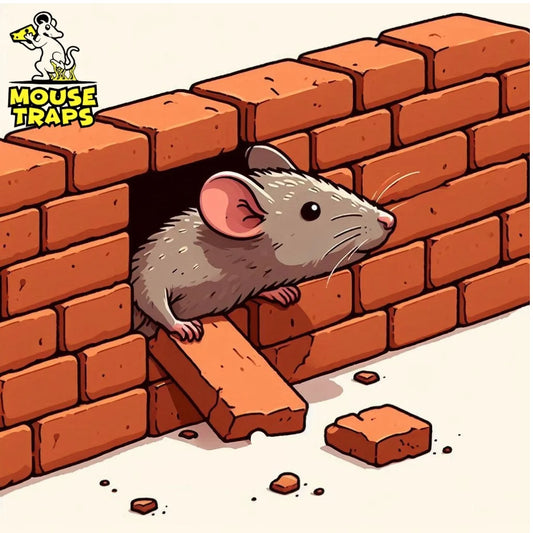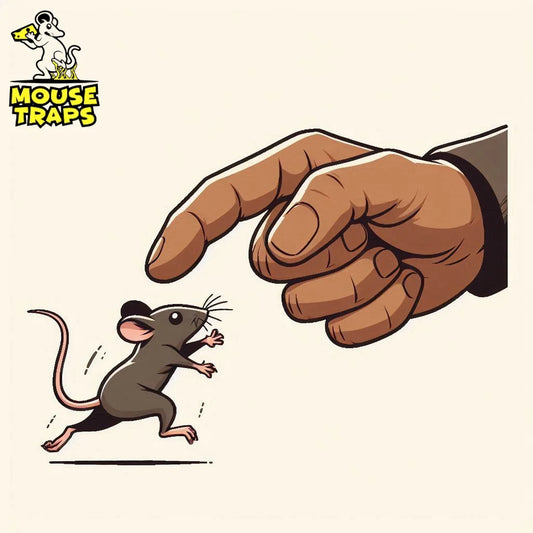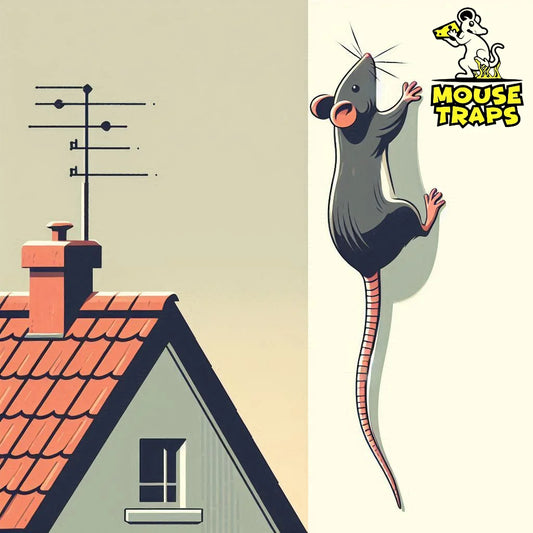Introduction:
Imagine this: a beautiful summer evening, you're seated at your favorite outdoor café, the fairy lights twinkle overhead, and the gentle murmur of conversation blends with the soft music playing in the background. You take a sip of your refreshing drink, ready to unwind and savor a delicious meal. Suddenly, a flash of movement catches your eye – a scurrying shadow darts across the patio. Your heart sinks – a rat. This idyllic scene can quickly turn into a nightmare if your restaurant or café struggles with a rodent infestation. Rats are not only unwelcome guests, but they pose a significant health risk. Having them around could result in your eating space getting contaminated by bacteria and parasites which can cause food related illnesses and harm your image. If you're dealing with this situation don't lose hope! This detailed guide will provide you with the information and tactics needed to take control of your sanctuary and effectively combat these unwanted visitors. While we will discuss the option of using mouse traps as a solution it's important to remember that a combination of strategies is essential, for lasting effectiveness.

Understanding the Enemy: Why Your Outdoor Area is a Rat Paradise?
Before diving into battle strategies, let's understand what attracts rats to your outdoor dining area in the first place.
- Food Sources: Even the smallest food crumbs or spills can be a feast for a rat. Uneaten food scraps, overflowing garbage bins, and sugary spills from drinks create a smorgasbord for these opportunistic feeders.
- Shelter: Outdoor furniture, stacked boxes, and overgrown vegetation provide ideal hiding spots for rats to build their nests and raise their young.
- Water: Spills from leaky pipes, condensation on glasses, and even pet water bowls can be a source of hydration for these resourceful creatures.

The Role of Mouse Traps:
While mouse traps can be a part of your rodent control strategy, it's important to understand their features. They are most effective for catching individual rats. Here's a breakdown of the different types of mouse traps and their potential benefits:
Snap Traps:
These classic traps utilize a powerful spring mechanism to snap shut and kill the rodent upon contact. They are readily available, inexpensive, and relatively easy to use. However, they can be gruesome and may not be suitable for all environments.
Electronic Traps:
These traps offer a more humane approach by electrocuting the rodent. Some models even dispose of the carcass hygienically. While more expensive than snap traps, they are a good option for those seeking a less graphic solution.
Sticky Glue Mouse Pads Traps:
Sticky glue mouse pads traps consist of a flat surface coated with a strong adhesive. Mice walking over the adhesive surface become stuck, making it impossible for them to escape. These traps are typically placed along walls, near entry points, or in areas where mice are known to travel. Once a mouse is caught, the entire trap can be disposed of, or some designs allow for the removal and replacement of the adhesive surface.

Benefits:
- Easy to use: Sticky glue mouse pads traps are simple to set up and require no baiting or additional maintenance.
- Cost-effective: They are often inexpensive and can be purchased in bulk for widespread use.
- No escape: Once a mouse is caught, it cannot escape, ensuring effective rodent control.
- Safe: Unlike traps that use springs or mechanisms, glue traps pose little to no risk of injury to pets or children.
- Targeted: By placing these traps strategically, you can specifically target areas where mice are likely to travel, such as along walls or near food sources.
Live Humane Mouse Traps:
Live humane mouse traps are typically designed as small cages with one-way entry points. These contraptions entice mice, into the enclosure using bait, like food and once they're inside a mechanism stops them from getting out. Unlike traditional snap traps or poison, live humane traps capture mice without harming them, allowing for their safe release back into the wild. These snares can typically be used more, than once which makes them a budget friendly and eco conscious choice.

Benefits:
- Non-lethal: Live humane traps provide a humane approach to rodent control, minimizing harm to the mice.
- Environmentally friendly: Since they don't involve the use of chemicals or poisons, live humane traps are safe for the environment.
- Safe: They pose minimal risk to pets and children compared to traditional traps or poisons.
- Effective: When placed strategically, live humane traps can effectively capture mice without causing damage to nearby structures like billboards and signage.
Important Considerations When Using Mouse Traps:
- Placement: Position traps strategically along walls and in areas with high rodent activity. Use bait that is attractive to rats, such as peanut butter, bacon bits, or pet food.
- Monitoring: Check traps daily to remove dead rodents and rebait them as needed. Leaving dead rodents in traps can attract other scavengers and create an unpleasant odor.
- Safety: Be cautious when using snap traps, especially if you have children or pets. Place them in secure locations where they won't be accidentally triggered by non-target animals.

Beyond Mouse Traps: Building a Rodent-Proof Fortress
While mouse traps can help catch existing rats, a long-term solution requires addressing the factors that attract them in the first place. Here are some crucial steps to take:
- Sanitation is Key: Maintain a clean and tidy outdoor dining area. Promptly remove all food debris, spills, and garbage. Invest in lidded bins that are emptied regularly.
- Seal the Cracks: Inspect your outdoor space for any potential entry points, such as gaps around pipes, cracks in foundations, and spaces between walls and patios. Seal these openings with caulk or other appropriate materials to prevent rats from entering.
- Trim the Foliage: Keep shrubs and vegetation well-trimmed away from your building. Dense foliage provides excellent cover for rats and can make it difficult to detect their presence.
- Eliminate Water Sources: Fix leaky pipes and faucets. Empty any containers that may collect rainwater and ensure pet water bowls are not overflowing.
Expert Insights: What the Professionals Recommend?
Consulting a licensed pest control professional is highly recommended, especially for severe infestations. They can assess your situation, identify entry points, and develop a comprehensive rodent control plan.

FAQs:
Conclusion:
Dealing with a rat problem in your eating space involves more, than placing mousetraps. It's important to grasp what draws rats in strategically use types of traps and put in place lasting measures to effectively manage rodent issues. While mouse traps can help manage existing rat populations, focusing on sanitation, sealing entry points, maintaining outdoor spaces, and seeking professional guidance when needed are crucial steps toward creating a rat-free environment for your customers to enjoy.




